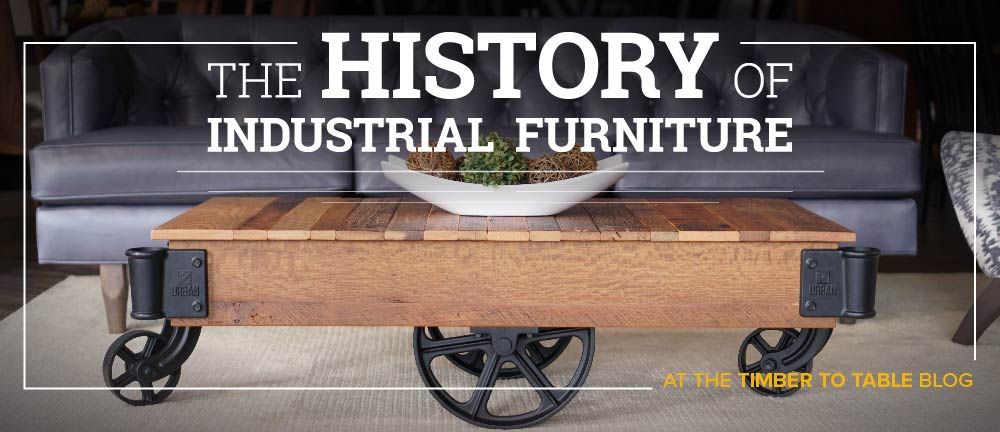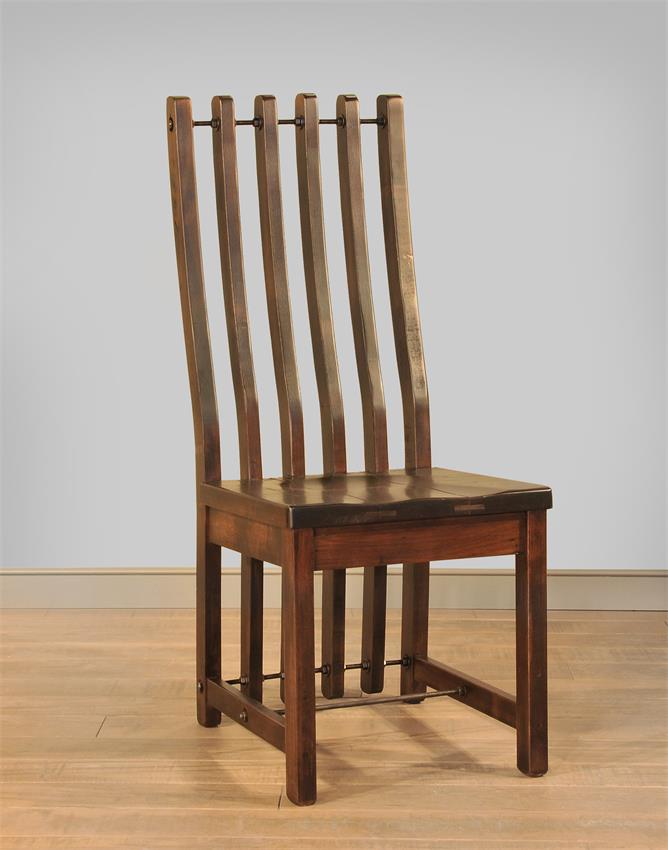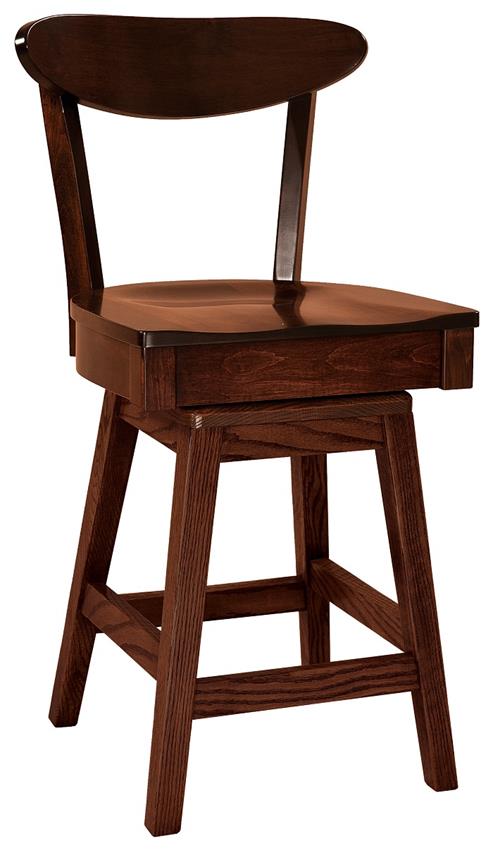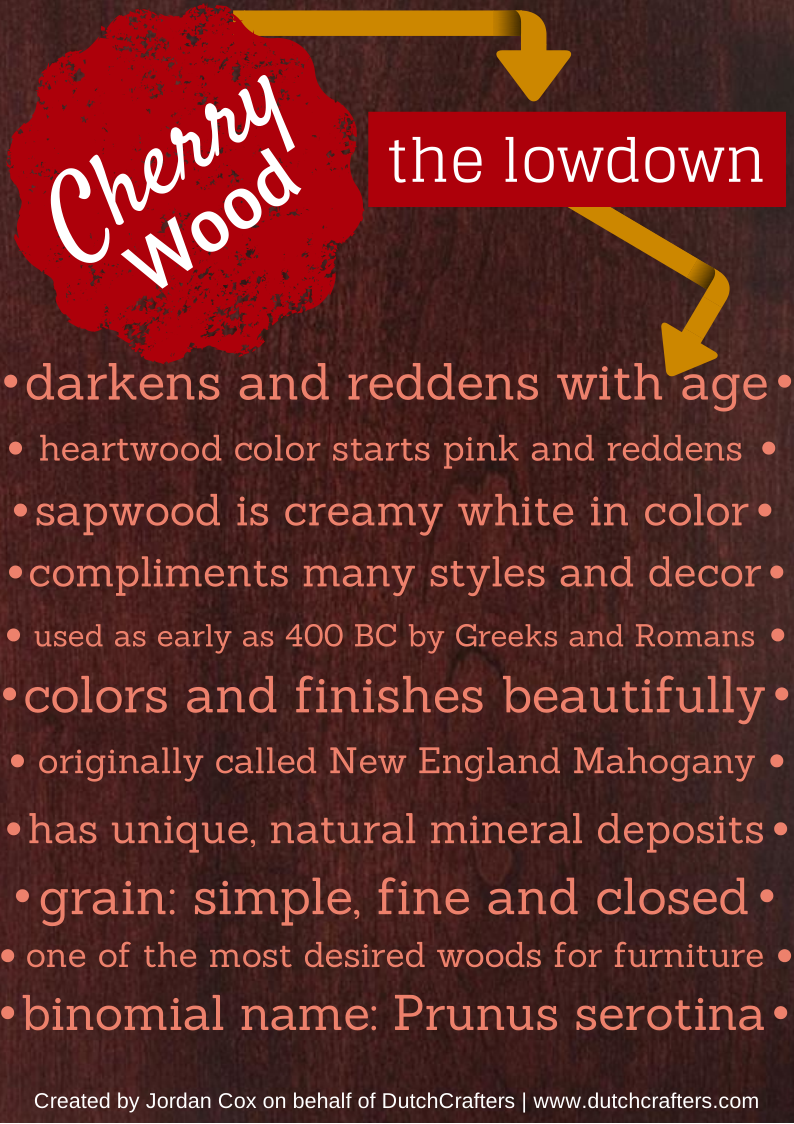
History of Industrial Style Furniture
Industrial style furniture was named after its original purpose, to support the manufacturing industry. The Industrial Revolution began in Britain in 1760 and eventually spread to other parts of the world. During this time, the invention of new machines lead to the creation of factories and mass production. Workers shifted from using hand tools to operating machines, and started to need pieces like drafting tables, stools, and material handling carts.
Industrial furniture was simple, practical, easy to mass produce, and made to withstand harsh conditions. It was merely part of daily work, and not considered stylish.
Early Industrial Style Furniture
The NICOLLE Chair
One example of early industrial-style furniture is the NICOLLE chair.
Founded in 1913 near Paris by Paul Henry Nicolle, the Nicolle factory made and stamped metal disks. Nicolle designed a chair to meet the needs of his workers. In true industrial style, it was a metal stool with a functional form. The 3-foot stool featured a welded circular seat with a backrest shaped like a whale’s tail. It became popular in factories throughout France.
The Solid Wood Cafe Swivel Stool features a back similar to the once popular “whale tail” back.
In 1946 the NICOLLE factory produced a new version with a swivel seat with an adjustable height feature. The factory changed hands in 1954 and the new owner, Fichet-Bauche, focused on adjusting the stool’s design to meet safety standards. The metal seat was replaced by a wood one and was widely accepted.
However, as safety requirements in the workplace continued to change, NICOLLE chairs could not keep up. Production of the chairs eventually stopped until Jerome Lepert, an industrial archaeologist, discovered and restored the original tools and molds used to make NICOLLE chairs and relaunched production in 2004.
The Remington Rand Chair
Another example of industrial furniture is the Remington Rand Chair. After World War II ended, America experienced positive economic growth that created jobs and called for the building of offices with sturdy equipment. Remington Rand was an early American business machines manufacturer and produced swivel based adjustable chairs to meet the growing demand for office furniture.
Changing Times
The need for industrial furniture began to disappear in the 1970s as offices and workplaces advanced and evolved. Steel office chairs were replaced with plastic, fabric, and leather chairs. The trusted draftsman tables were replaced with computer tables and desktops. As the fire systems in offices improved, there was less need for fireproof work furniture.

The Ruff Sawn Turnbuckle Dining Chair combines solid wood with metal accents.
The Comeback Kid
In the 2000s industrial style furniture saw a revival as the popularity of minimalist, functional furniture grew. With environmental awareness heightened everywhere, the matching of earthy materials and repurposed wood with steel elements gained appeal.
The Amish Mervin Hardwood Live Edge Bed with Optional Underbed Storage is a natural beauty.
Characteristics of Industrial Style Furniture
- Combines function with form as well as old and new elements.
- Is fashioned after old factory style furniture.
- Incorporates raw materials for an unfinished feel.
- Celebrates craftsmanship.
- Gives environmental consideration re-using materials within the design.
Our exclusive Urban Factory Cart Coffee Table shows off the environmentally friendly side of industrial furniture, recycling aged barnwood in style.
Amish furniture follows some of the same principles of industrial style, always offering functional solid wood furniture full of strength and unexpected style.







I am building a house in Baja, Mexico. My interior plan is Industrial Mexican. I’m using concrete flooring, Mexican textiles and traditional wrought iron doors. Any ideas to complete this look? The house is above the Pacific Ocean and I plan on using it, as well as living , as a Airbnb & wedding event space.
Thanks
Mitzi Mann
Hi, Mitzi! Thank you for your question. It sounds like a gorgeous area, and beautiful space. We suggest checking out our line of rough sawn furniture: https://www.dutchcrafters.com/collection/1045/Ruff-Sawn-Furniture-Collection, especially the products with metal features (in example, this bookcase: https://www.dutchcrafters.com/Modern-Industrial-Reclaimed-Wood-Bookcase/p/54873); which may help to tie in the wrought iron doors.
Other options to consider are pieces from our reclaimed barnwood collection. Barnwood lends itself beautifully to industrial style, and a table like this one https://www.dutchcrafters.com/Reclaimed-Wood-Vintage-Dining-Table/p/57686 may help to bring in some “Mexican” style.
If you want to bring in some bright colors, some of our pine furniture https://www.dutchcrafters.com/collection/906/Primitive-Pine-Wood-Collection and https://www.dutchcrafters.com/collection/1115/Country-Cottage-Furniture-Collection can be painted in stunning pops. A lot of pine furniture also has a “farmhouse” feel to it; which is sometimes used in industrial style.
Hi I have a Amish made table all oak with a hand crank that turns to take the pedestal a part .I think it dates back to the industrial revolution time period. But I guess wants the hand crank was made it could of been anytime after that.